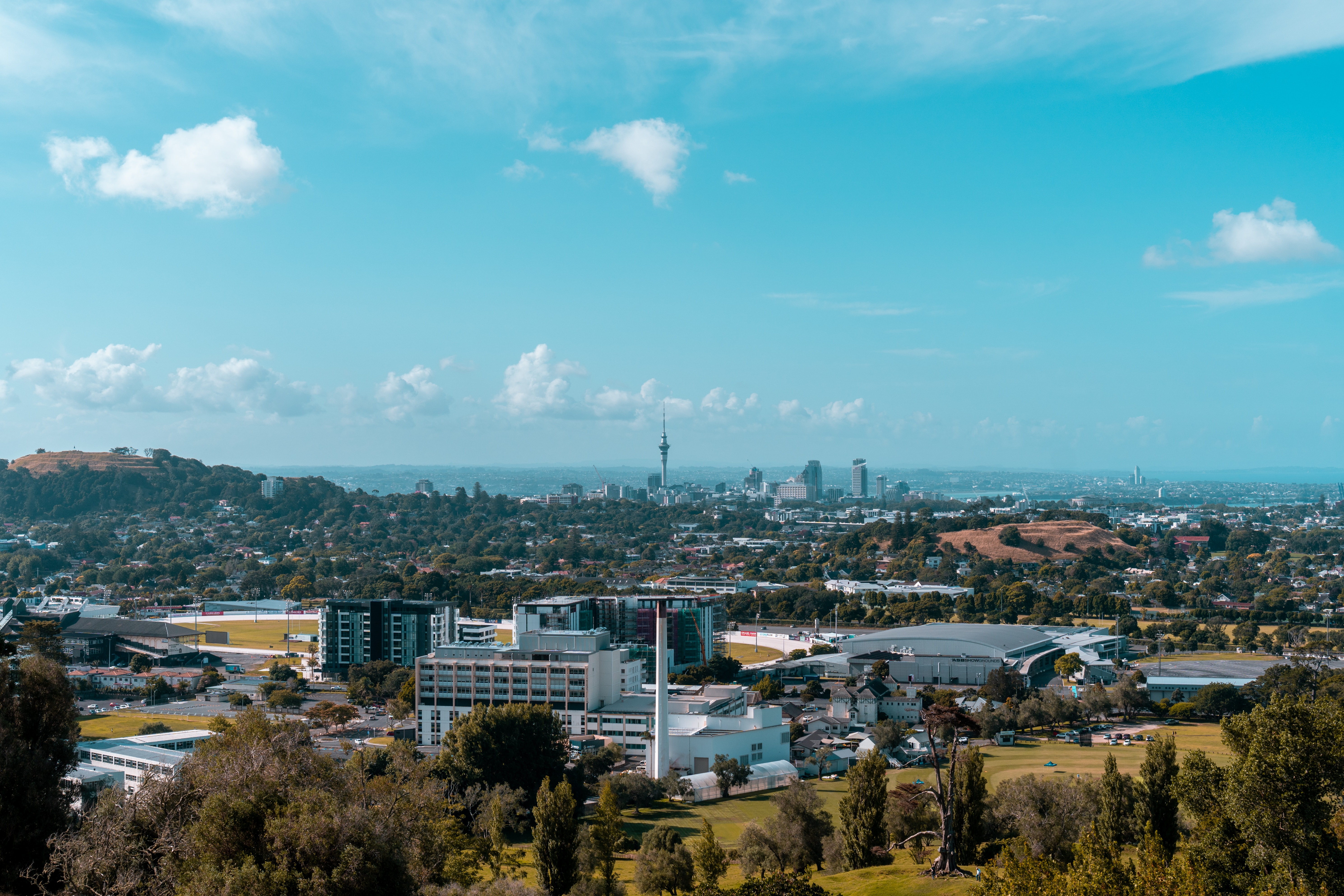Hopefully over Labour weekend you had an opportunity to relax, enjoy the sun, and perhaps crack into that book that’s been sitting on the bedside table for months. If you were able to finish it or are after something new, I’ve got your next bit of light reading all lined up… the International Energy Agency’s latest World Energy Outlook released this month - a 355 page report with a myriad of analysis, thought-provoking recommendations, and importantly, some words of encouragement and inspiration.
Ok it might not be as thrilling as a Tom Clancy or Jodi Picoult, but when a body representing 75% of global energy demand says it’s too soon to give up on 1.5 °C warming, I say read on!
Spoiler alert - “Tripling renewable energy capacity, doubling the pace of energy efficiency improvements, ramping up electrification and slashing methane emissions from fossil fuel operations together provide more than 80% of the emissions reductions needed by 2030 to put the energy sector on a pathway to limit warming to 1.5 °C.”
Sure it’s not going to win a Booker Prize, but it provides some hope and should spur further urgency to progress these changes.
We’re fortunate to have a strong base of renewable generation, and National have been vocal about building further capacity through faster consenting. It’s the second challenge that needs more focus – improving efficiency to reduce demand.
For buildings there are number of goals to keep in mind if we’re going to do that by 2030
-
Zero carbon ready buildings standard for all new buildings
-
20% of all existing buildings retrofitted to near zero
-
Cement - 26% fewer emissions
-
Steel - 27% less – from scrap inputs, hydrogen, near zero emissions iron production & carbon capture
To quickly go over those last two - Concrete NZ have already set a pathway to 40% less embodied carbon by 2030, and from about 2028 it will be possible to purchase steel that has been recycled in the electric arc furnace delivering around 40% lower carbon.
The large challenges are zero carbon ready buildings and near zero retrofits.
We’ve advocated for it for a long time, now the IEA are calling for it, our building code must be able to deliver zero carbon ready buildings by 2030. This has been set out by officials in the Building for Climate Change programme. Our sector has already made considerable investment in preparing for the changes signaled under the programme, now we need some certainty on the timeline and steps ahead.
The new Government needs to come in and put a rocket under the Building for Climate Change programme. They can set out the deliverables and the dates the code is going to deliver more energy efficient healthier homes and buildings and the levels of reductions required in embodied carbon. This is the certainty the sector needs.
In terms of retrofits New Zealand is lagging behind. Germany is spending tens of billions of euros per year. Ireland, a country the same size as NZ, has a goal to retrofit 500,000 homes by 2030. The US’s Inflation Reduction Act is investing billions in electrifying and improving existing homes.
This has to be our next chapter. The IEA sets a goal of 20% of all buildings and homes retrofitted to low carbon levels by 2030. For Aotearoa this would mean 360,000 households in the space of six years, or 60,000 homes per year starting now. Financial organisations are increasingly supporting organisations to make improvements through green finance, but really we need a government-backed programme to support industry, tenants, and homeowners to tackle our inefficient buildings. We know this has support - The Homes We Deserve programme has the backing of hundreds of engineers, energy firms, builders, architects and others.
It’s great that a large, influential international organisation supports the calls the NZGBC has been making for some time. There’s a growing urgency, and global realisation that growing renewable energy generation must go hand in hand with energy efficiency. Let’s not just generate more, but use it efficiently – delivering health benefits, lower living costs and lower emissions.
The economics are becoming clearer and clearer. The IEA sets out that failing to deliver on these targets would be significant, costing governments an extra NZ$2.25 trillion per year.
“The transition to clean energy is happening worldwide and it’s unstoppable. It’s not a question of ‘if’, it’s just a matter of ‘how soon’ – and the sooner the better for all of us,” said IEA Executive Director Fatih Birol
Speaking of change, as a member of the NZGBC we have some changes coming up – notably we’ve got our AGM in a few weeks which will see some changes to our Board. If you haven’t already, please register to join us and have your say on our direction for the year ahead. There’ll be some more light reading sent out next week including our key performance documents for you to review ahead of the meeting, and your ballot forms for voting for our board nominees.
Thank you all for your mahi, support, and advocacy for better buildings in Aotearoa. There’s a pathway ahead, we just need to follow it and ensure everyone’s along for the ride.
Ngā mihi,
Andrew
